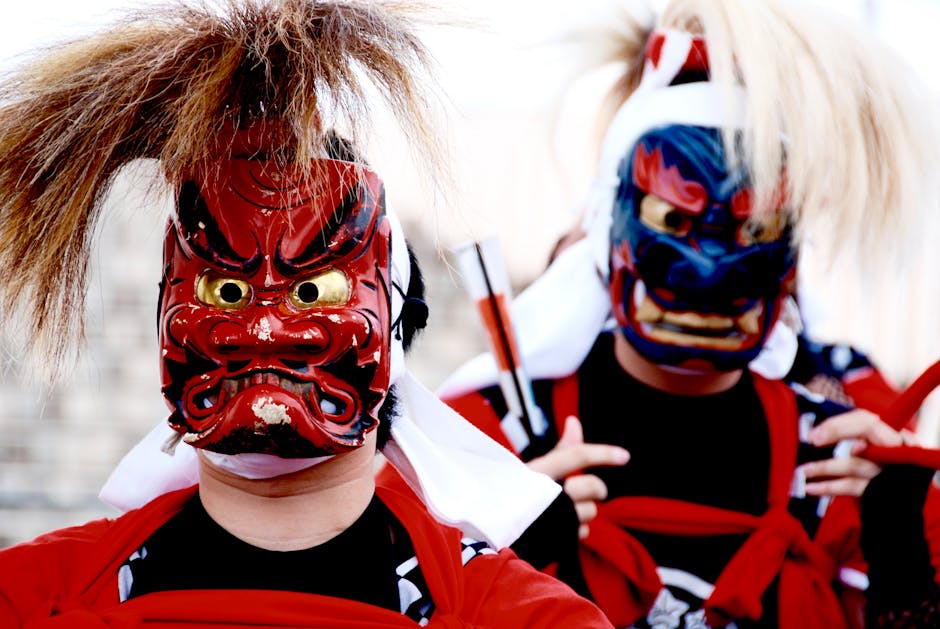
The air is abuzz with a fascinating development: a distinct sign of a kimono boom among the younger generation. Once perceived by some as reserved for formal events or an older demographic, the kimono is now captivating new eyes and imaginations. But this isn't merely a fleeting fashion trend; it's part of a broader re-evaluation. Why are younger generations turning their attention to kimono and, by extension, the world of traditional crafts? As a curator of these exquisite arts, I see this as a profound connection to heritage, skill, and the enduring beauty of the handmade.
The Enduring Legacy of Kimono
The kimono, meaning "thing to wear," is far more than just clothing. It is a canvas of culture, a narrative woven through centuries of Japanese history. Its origins trace back over a thousand years, evolving from simpler garments into the complex, symbolic attire we recognize today. Each pattern, color, and fabric choice often carries deep meaning, reflecting seasons, social status, or even personal aspirations. For the younger generation, rediscovering the kimono is an invitation to explore this rich tapestry of stories, linking them to ancestral traditions and the very soul of Japan.
The Artisan's Unwavering Skill and Commitment
Mastery of Technique
At the heart of every magnificent kimono lies the extraordinary skill of the artisan. From the intricate weaving of silk threads to the precise application of dyes using techniques like yuzen or shibori, each step demands years, often decades, of dedicated practice. These are not mass-produced items; they are creations born from patience, precision, and an intimate understanding of materials. The younger generation is increasingly drawn to this authenticity, appreciating the visible evidence of human touch and the profound artistry involved.
A Commitment to Materials
The commitment extends beyond technique to the very materials themselves. Traditional kimono are typically crafted from natural fibers like silk, often sourced and prepared with meticulous care. Artisans frequently work with natural dyes derived from plants, minerals, or insects, understanding their nuances and how they interact with the fabric. This reverence for natural resources and the deep knowledge of their properties resonate strongly in an age where sustainability and conscious consumption are paramount. It’s a return to quality, durability, and a connection to the earth.
Kimono in Modern Life: A Blend of Tradition and Personal Expression
The reasons for this renewed attention are multifaceted. Younger generations are not simply replicating historical styles; they are integrating kimono into their contemporary lives in innovative ways. We see it styled with modern accessories, worn for semi-casual outings, or even adapted into new fashion forms. It's a statement of individuality, a rejection of fast fashion, and a celebration of unique cultural identity. The versatility of the kimono, its ability to transcend fleeting trends, offers a sense of timeless elegance and a canvas for personal expression that modern apparel often lacks.
Moreover, the inherent value of a handcrafted item appeals to a generation seeking meaning and longevity in their possessions. A kimono is an investment, a piece of wearable art that can be cherished, cared for, and even passed down through generations, embodying a sustainable ethos long before the term became widely used.
Beyond Kimono: The Wider Appreciation for Traditional Crafts
The emerging trend around kimono is indicative of a broader fascination with traditional crafts. There’s a growing global appreciation for handmade objects that carry stories, reflect unique cultural identities, and demonstrate exceptional skill. Whether it’s pottery, lacquerware, or textile arts, these crafts offer a tangible connection to the past and a refreshing antidote to the homogenized products of industrialization. Younger generations are seeking authentic experiences and products that speak to quality, heritage, and the soul of a culture. The kimono, with its profound history and artisanal depth, stands as a prominent example of this burgeoning interest.
A Future Woven with Tradition
The sign of a kimono boom among the younger generation is truly exciting. It signals not just a revival of interest in a beautiful garment, but a deeper recognition of the value embedded in traditional crafts. It's a testament to the enduring appeal of exceptional skill, the beauty of natural materials, and the timeless stories woven into every thread. As these treasured arts find new life and new admirers, we are reminded that tradition is not static; it is a living, breathing entity, continually reinterpreted and cherished by each successive generation. This renewed attention promises a vibrant future for Japan's rich cultural legacy.
Comments
Post a Comment